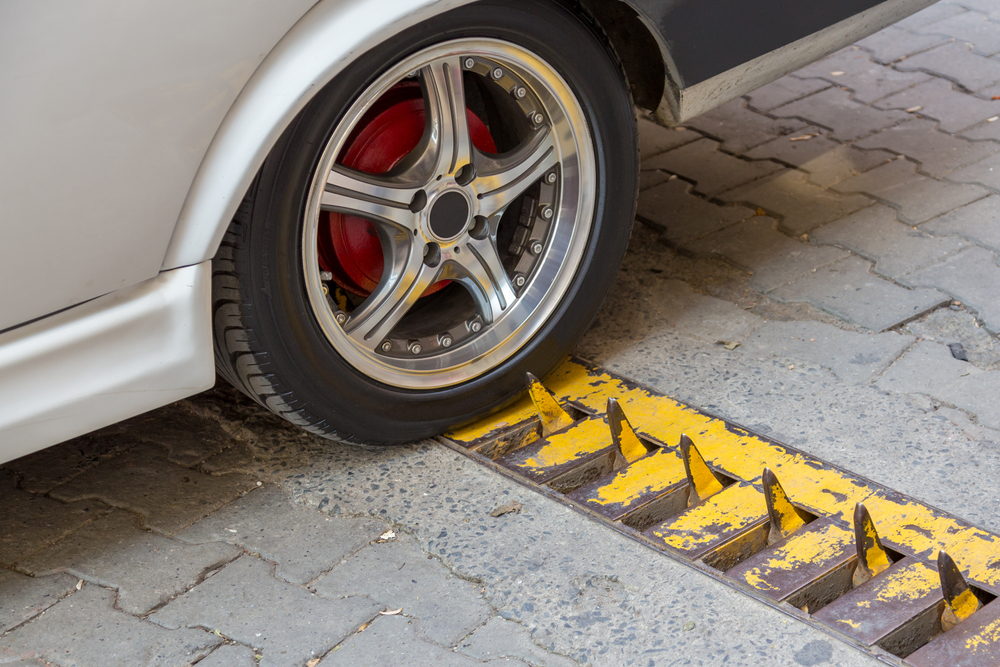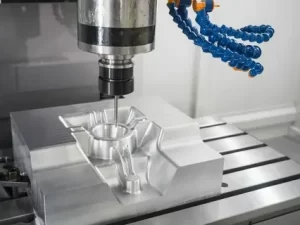Introduction
With the growing threat of terrorism and unauthorized vehicle intrusions, securing high-risk areas has become a top priority for governments, military installations, airports, and private institutions. Among the many security measures, tyre killers have emerged as a crucial tool in preventing unauthorized vehicular access. These robust security barriers effectively disable hostile vehicles by puncturing or destroying their tyres, stopping them from breaching secured perimeters.
This article explores the advancements in tyre killer technology, their role in anti-terrorism measures, the types of tyre killers available, and their integration into modern security systems.
The Need for Vehicle Access Control in High-Risk Areas
Vehicular attacks have become a growing concern, with incidents of terrorists using vehicles as weapons to ram through security barriers, endangering lives and property. As a countermeasure, high-risk areas such as military bases, government buildings, embassies, airports, and critical infrastructure need effective vehicle access control solutions. Tyre killers provide a powerful means of stopping unauthorized or hostile vehicles from penetrating restricted zones.
Key areas that benefit from tyre killers include:
- Airports and Aviation Security – Preventing unauthorized vehicle entry onto runways and restricted zones.
- Government Facilities – Safeguarding administrative buildings from potential threats.
- Military Bases – Ensuring security against unauthorized access and threats.
- Border Security – Enhancing defense against illegal vehicle crossings.
- Critical Infrastructure – Protecting power plants, data centers, and financial institutions from vehicle-borne threats.
Types of Tyre Killers and Their Technological Advancements
Modern tyre killers come in various designs, each catering to different security needs. The latest advancements have made them more efficient, durable, and adaptable to evolving security threats.
1. Automatic Hydraulic Tyre Killers
These are among the most advanced tyre killers, equipped with hydraulic-powered spikes that rise from the ground to disable vehicles. They are widely used in high-security areas due to their fast activation speed and effectiveness against heavy-duty vehicles.
Recent Advancements:
- Integration with automated access control systems for real-time operation.
- High-strength materials like reinforced steel for better durability.
- Remote operation and monitoring for enhanced security.
2. Electromechanical Tyre Killers
Similar to hydraulic models, electromechanical tyre killers use an electric motor to activate their spikes. They are energy-efficient and require less maintenance compared to hydraulic versions.
Recent Advancements:
- Solar-powered options for sustainable operation.
- Smart connectivity for remote access and diagnostics.
3. Fixed Blade Tyre Killers
These are permanent tyre killers with non-retractable spikes. They are highly effective in areas requiring continuous traffic restriction.
Recent Advancements:
- Reinforced spike designs to withstand heavy loads and high-speed impacts.
- Weather-resistant coatings for durability in extreme conditions.
4. Portable Tyre Killers
Designed for temporary or emergency security measures, these lightweight barriers can be quickly deployed in high-risk scenarios.
Recent Advancements:
- Foldable and lightweight designs for easy transportation.
- Quick deployment mechanisms for emergency response teams.
Integration of Tyre Killers with Modern Security Systems
The effectiveness of tyre killers is further enhanced by integrating them with advanced security technologies. Some of the latest innovations include:
1. Integration with Surveillance Systems
AI-powered CCTV cameras and license plate recognition systems can detect suspicious vehicles and automatically activate tyre killers to prevent threats.
2. Smart Access Control Systems
Modern tyre killers are integrated with RFID, biometric authentication, and remote monitoring systems, ensuring that only authorized vehicles are allowed entry.
3. AI-Powered Threat Detection
Artificial intelligence can analyze vehicle behavior in real time, assessing speed and trajectory to detect potential threats before they reach a security barrier.
4. IoT-Enabled Monitoring
Internet of Things (IoT) technology allows security personnel to monitor the status of tyre killers in real-time, improving response efficiency.
Advantages of Using Tyre Killers in High-Risk Areas
1. Rapid Threat Neutralization
Tyre killers can instantly stop unauthorized vehicles from entering secured zones, minimizing the risk of vehicle-borne attacks.
2. Enhanced Security Against Ram-Raid Attacks
Reinforced tyre killers are designed to stop even heavy-duty vehicles, making them an ideal solution for countering forced entry attempts.
3. Integration with Multiple Security Layers
When combined with bollards, road blockers, and security gates, tyre killers create a comprehensive security system that effectively controls vehicle access.
4. Reduction in Security Personnel Dependency
With automation and smart monitoring systems, tyre killers reduce the need for on-ground security personnel, leading to cost-effective security solutions.
Challenges in Implementing Tyre Killers
While tyre killers offer a high level of security, there are challenges associated with their implementation.
1. High Initial Costs
Advanced tyre killer systems with automated features require significant investment in infrastructure and maintenance.
2. False Activations and Safety Concerns
Poorly configured systems may lead to accidental tyre punctures of authorized vehicles, causing inconvenience and operational disruptions.
3. Maintenance and Durability
Harsh weather conditions and frequent activation may lead to wear and tear, requiring regular maintenance to ensure optimal performance.
The Future of Tyre Killer Technology
As technology advances, the future of tyre killers will be driven by automation, AI integration, and sustainability.
1. AI-Driven Threat Prediction
Machine learning algorithms will analyze real-time traffic patterns to identify potential threats before activating tyre killers.
2. Eco-Friendly and Sustainable Materials
Future tyre killers may use recyclable materials and energy-efficient hydraulic systems to reduce environmental impact.
3. Smart Mobility and Adaptive Systems
Next-generation tyre killers may adapt to different security levels, automatically adjusting their activation based on the severity of a potential threat.
Conclusion
The role of tyre killers in anti-terrorism measures continues to evolve with technological advancements. Their ability to neutralize vehicle-based threats efficiently makes them a crucial component of modern security systems in high-risk areas. With ongoing innovations such as AI integration, IoT monitoring, and sustainability efforts, tyre killers will remain an essential part of perimeter security strategies worldwide.
Governments, businesses, and security agencies must continue investing in advanced tyre killer solutions to protect critical infrastructure and public spaces from emerging security threats. As security challenges grow, the adoption of smarter, more efficient, and automated tyre killer systems will be key to ensuring safety in an increasingly unpredictable world.






